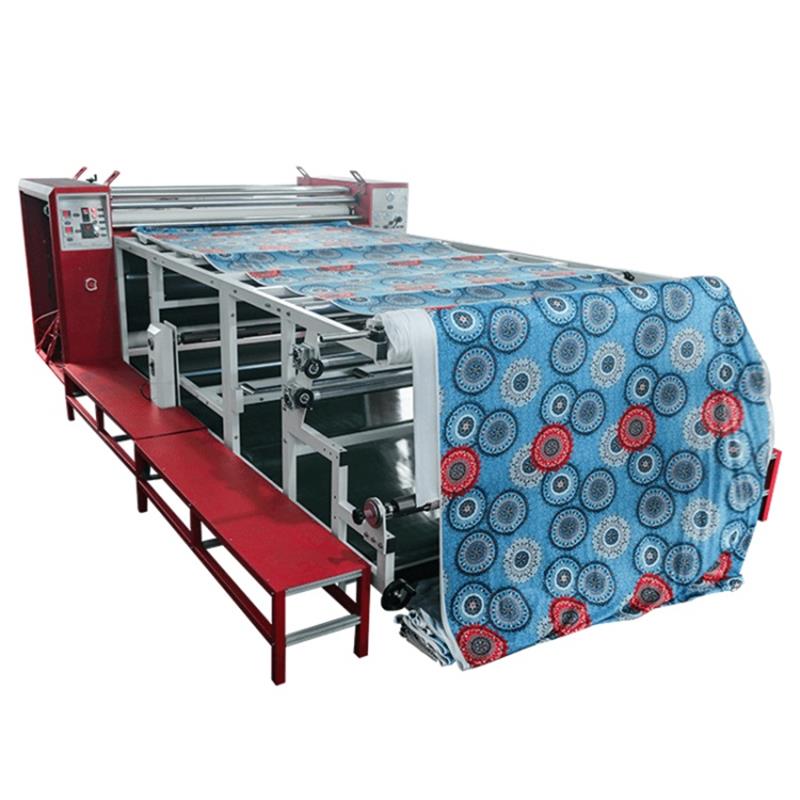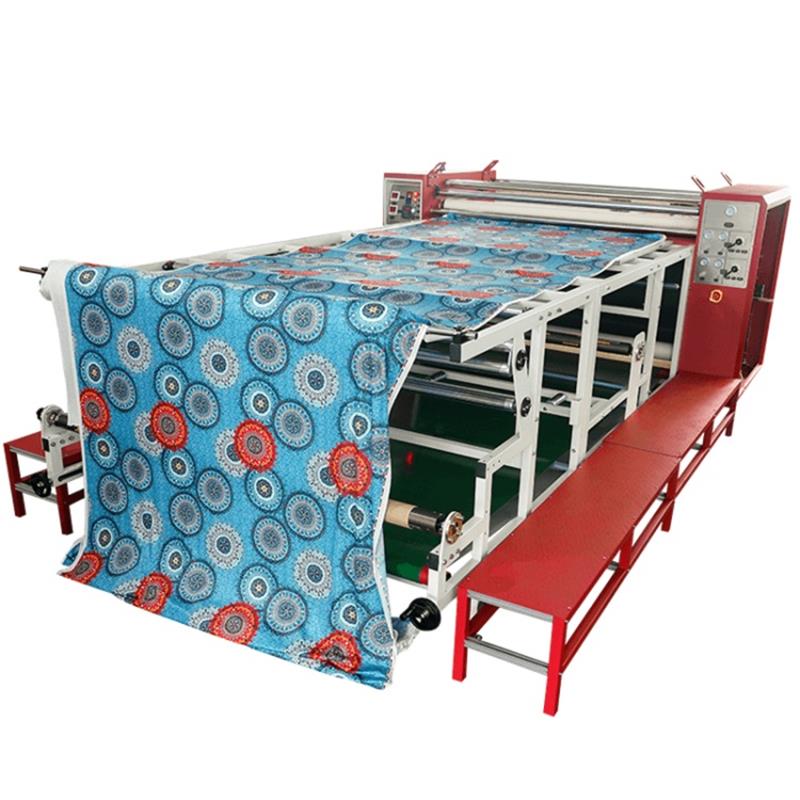A Transfer Machine, also known as a Transfer Press or Transfer Molding Machine, is a type of manufacturing equipment used in various industries, particularly in the field of metalworking and plastics. The primary function of a transfer machine is to automate the transfer of parts or workpieces between different machining or processing stations.
Transfer machines are commonly used in mass production settings where high volumes of parts need to be manufactured efficiently. They are designed to optimize the production process by reducing manual labor, minimizing setup time, and increasing overall productivity.

Here's a general overview of how a transfer machine typically operates:
1.Workpiece Loading: The raw material or workpiece is initially loaded onto the machine, either manually or through an automated feeding system.
2.Transfer System: The transfer machine consists of a series of tooling stations arranged in a circular or linear layout. Each station performs a specific operation or machining process on the workpiece.
3.Workpiece Transfer: The workpiece is sequentially moved or transferred between the different stations by mechanical arms, conveyor belts, or other transfer mechanisms. The transfer is usually synchronized with the machine's operation to ensure accurate positioning and timing.
4.Machining/Processing Operations: At each station, the workpiece undergoes a specific operation, such as drilling, milling, turning, grinding, or other manufacturing processes. These operations may be performed simultaneously at multiple stations to increase efficiency.
5.Workpiece Unloading: Once all the necessary operations are completed, the finished workpiece is unloaded from the machine. This can be done manually or automatically using robotic arms or conveyors.

The specific design and configuration of transfer machines can vary depending on the application and industry. They can be customized to accommodate different workpiece sizes, shapes, and production requirements. Transfer machines offer advantages such as high precision, repeatability, and the ability to perform complex machining operations in a single setup, leading to improved productivity and cost-effectiveness in mass production environments.